Written by Ethan Goddard, WheelTheWorld.com, October 29, 2024

What’s Ahead?
- Criteria for Selection
- Top European Cities for Wheelchair Users
- Travel Tips for Wheelchair Users
- Travel to Europe With Guaranteed Accessibility
According to a study by MMGY Travel Intelligence, nearly every respondent with a disability reported facing issues related to inaccessible accommodations, with nearly 90 percent encountering challenges with local transportation. Yet, millions of people with disabilities travel both domestically and internationally each year—a number that continues to grow, highlighting the increasing importance of travel accessibility.
Cities across Europe are rising to meet this demand, making it easier for travelers with disabilities to explore top destinations. Through initiatives like the Access City Award Program by the European Commission, cities are being recognized for transforming public spaces, transit systems, and cultural landmarks to ensure an inclusive experience for all. This progress allows more travelers to enjoy Europe’s historic sites, cultural landmarks, and bustling city centers without the usual barriers.
In this guide, we spotlight the top European cities for wheelchair travel in 2025. No destination is perfect, of course, but these listed destinations will certainly provide a real travel experience where you won’t have to miss out.
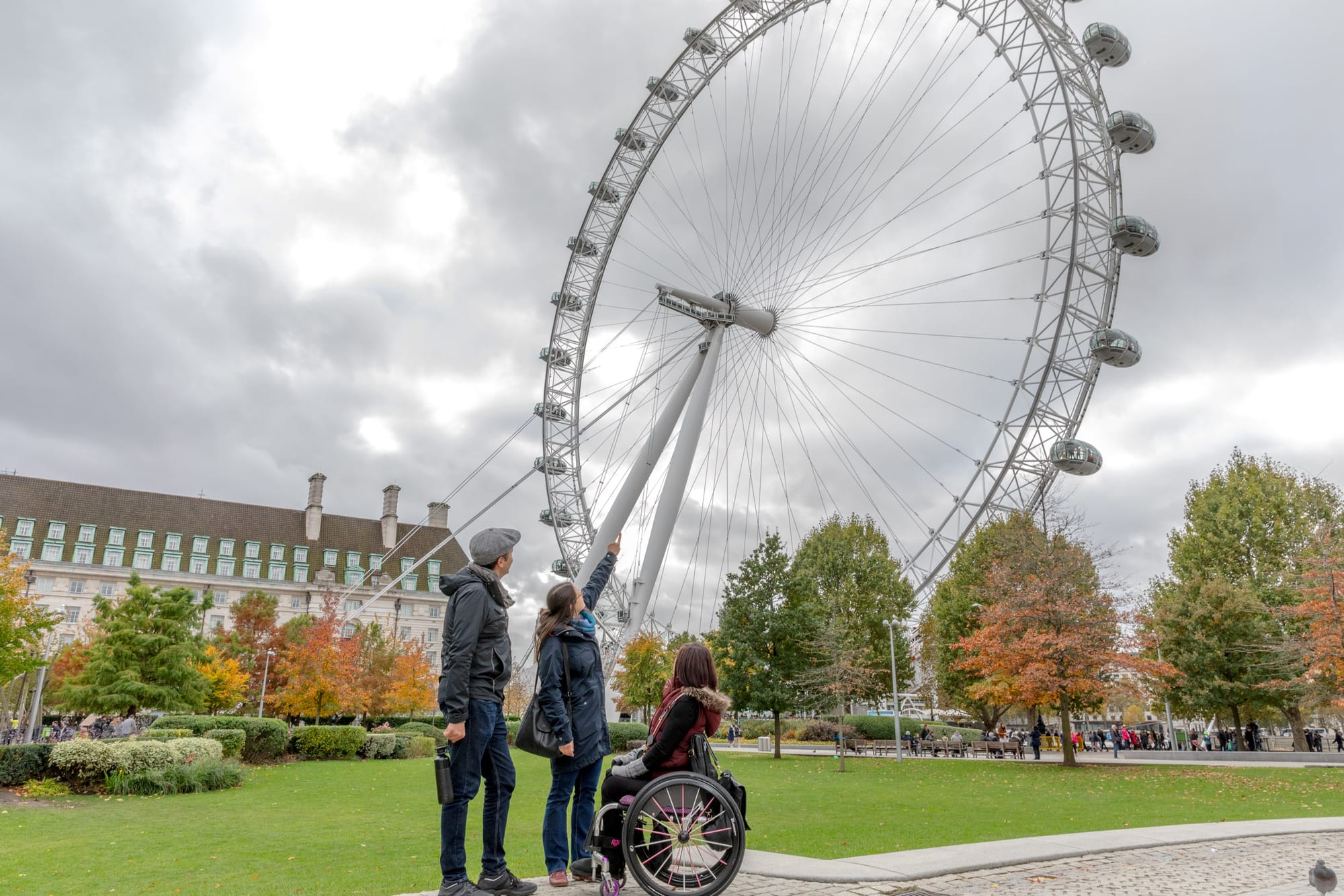
Criteria for Selection
Identifying the best cities for wheelchair accessibility in Europe relies on several key criteria that enhance the travel experience for wheelchair users and those with limited mobility.
1. Wheelchair-Friendly Infrastructure: Sidewalks, curb cuts, ramps, elevators, and wide pathways are essential elements that make city navigation easier for wheelchair-users.
2. Accessible Public Transportation: An accessible public transportation system, including buses, trains and metro stations, and taxis, are essential for getting around many parts of Europe. Fortunately, many European cities provide excellent public transportation systems, though accessibility varies on throughout cities.
3. Accessible Tourist Attractions: Tourist attractions, cultural sites, and museums with accessibility features allow wheelchair travelers to fully engage with each destination. Accessible attractions with ramps, elevators, wheelchair seating, and sensory assistance tools (audio guides, braille signage, etc.) contribute to an inclusive experience.
4. Local Initiatives and Accessibility Awareness: Many cities actively support accessibility through initiatives and policies. With an increasing awareness that travelers with disabilities travel just like able-bodied people do, more and more initiatives are being implemented locally.
Top European Cities for Wheelchair Users
10
Dublin, Ireland
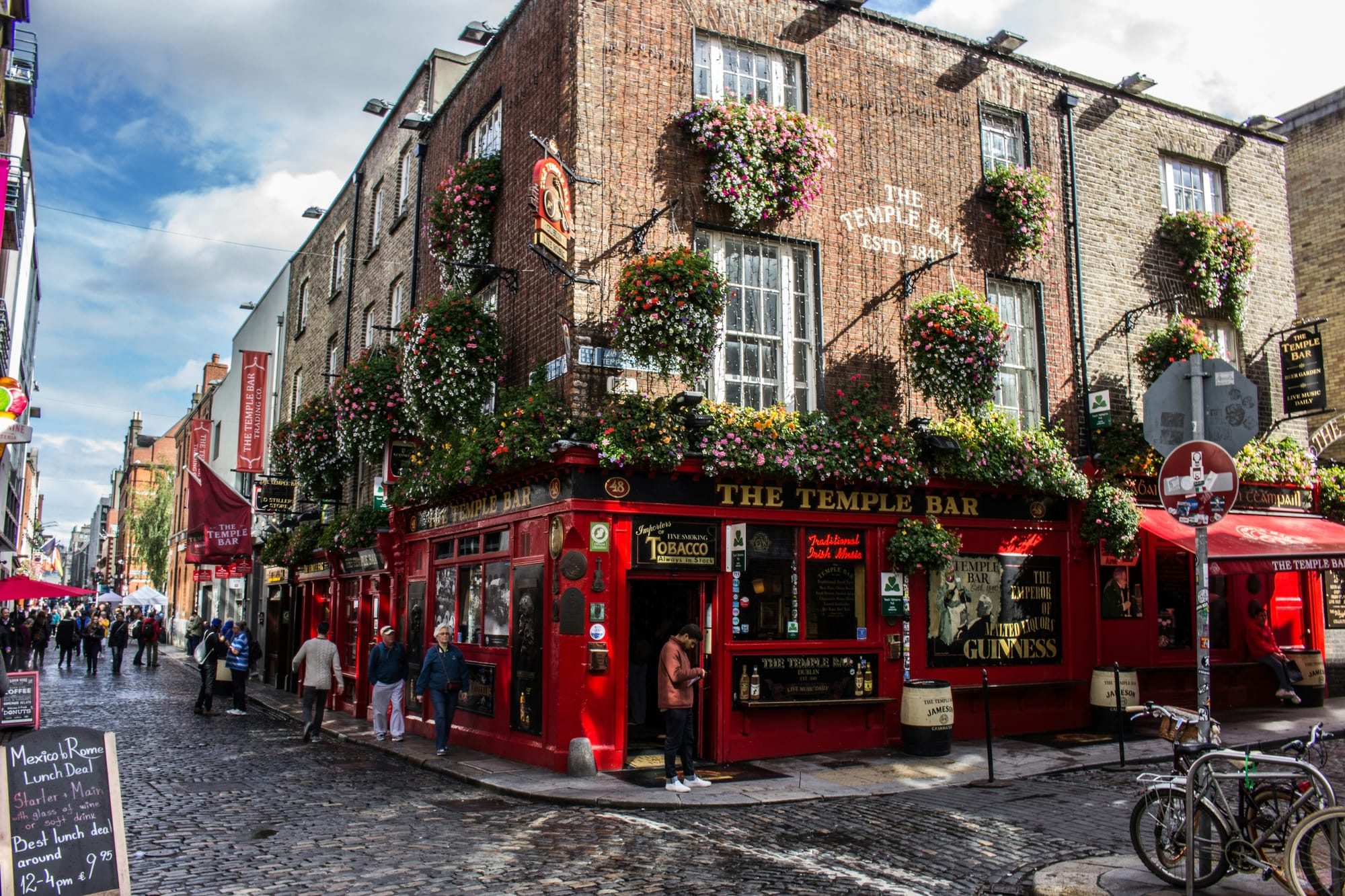
Dublin’s charm lies in its mosaic of Georgian architecture, cozy pubs, and the unmistakable warmth of Irish hospitality. From the graceful arcades of Trinity College to the vibrant quarters of Temple Bar, every cobbled street and winding alley tells a story. Accessible pathways lead through historic districts where you can admire colorful storefronts, lively street music, and the welcoming clink of glasses in the city’s many pubs.
The city is both accessible and deeply engaging. Dublin Bus and LUAS trams provide wheelchair-friendly services, connecting you with sights like the Guinness Storehouse. And while St. Patrick’s Cathedral may have seen centuries pass, it welcomes all visitors with ramps and dedicated seating. In contrast, the peaceful Phoenix Park—a sprawling green oasis within the city—offers accessible trails perfect for a leisurely stroll.
Despite Dublin’s historic layout, modern updates in the city center and newly designed hotels make exploring Ireland’s capital an inviting destination for everyone. View accessible hotels in Dublin.
9
Copenhagen, Denmark
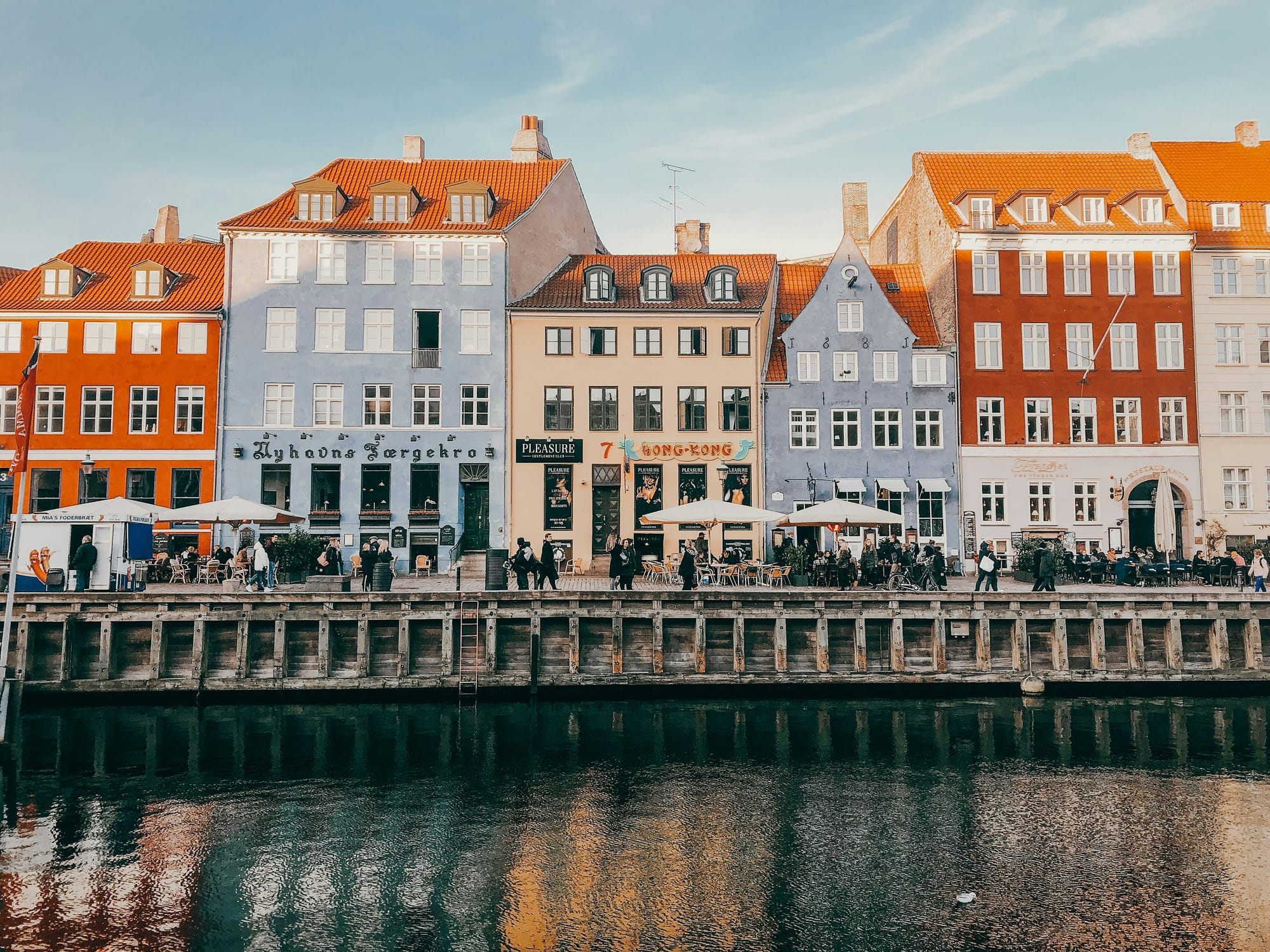
Copenhagen offers a seamless blend of historic charm and modern accessibility, making it an ideal destination for wheelchair users and travelers with mobility needs. Known for its pedestrian-friendly layout and extensive network of bike paths, the city’s infrastructure also accommodates wheelchairs with ramps, wide sidewalks, and accessible street crossings. Public transportation, including buses, the Metro, and trains, are all equipped with wheelchair-friendly features like ramps, level boarding, and priority seating areas. This makes getting around Copenhagen both easy and enjoyable.
Nyhavn’s picturesque canal area, while cobbled in certain spots, includes accessible routes for exploring the brightly colored buildings and charming waterfront cafés. The Tivoli Gardens, one of the world’s oldest amusement parks, provides accessible entrances and pathways, and many rides are adapted to accommodate wheelchair users. Amalienborg Palace, the royal family’s residence, has also undergone modifications to allow visitors with mobility challenges to experience the grandeur of Danish royalty.
And you can find solid options for accessible hotels in Copenhagen located in prime spots of the city, like ones equipped with roll-in showers, toilet grab bars, and turning space.
8
Madrid, Spain

Madrid is an accessible, cosmopolitan hub that beautifully combines historic allure with modern conveniences. Its extensive metro system offers over 60% of stations with elevators and ramps, making it easy for wheelchair users to explore. Madrid’s buses are also wheelchair-friendly, with low floors and ramps simplifying travel across the city, while Renfe commuter trains make visiting nearby areas just as convenient.
Madrid has no shortage of accessible attractions and tours. Iconic museums, like the Prado and Reina Sofía, are equipped with accessible entrances, elevators, and restrooms. Retiro Park, a serene green space in the city center, offers wide, flat pathways ideal for wheelchairs, with plenty of shaded areas to enjoy the city’s sunny climate. The Royal Palace, with its opulent interiors and scenic views, has recently introduced accessibility updates, letting visitors with mobility needs explore its stunning architecture. The La Latina and Malasaña neighborhoods also provide accessible accommodations and dining options.
7
Iceland
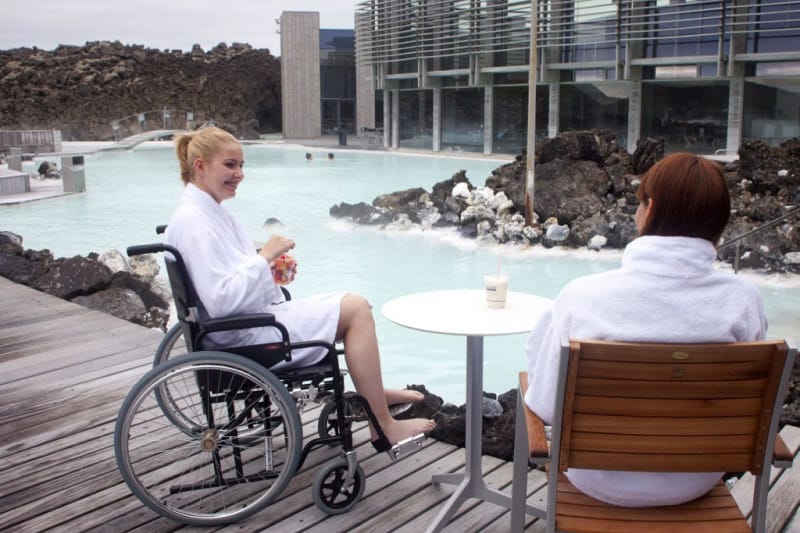
Reykjavik provides a gateway to Iceland’s breathtaking landscapes, offering accessible routes to marvel at Iceland’s iconic Golden Circle and South Coast. Starting with Reykjavik’s compact, accessible city center, travelers can easily visit landmarks like the striking Hallgrímskirkja Church and the iconic Harpa Concert Hall. Smooth sidewalks and accessible public transport make it easy to explore the city’s highlights, from art galleries to local eateries. With a population of just under 400,000, there isn’t a plethora of accessible accommodations. However, there are still options. The Canopy by Hilton is located in the city center and offers a roll-in shower, shower seat, and grab bars.
The Golden Circle route presents a mesmerizing experience for visitors, with wheelchair-friendly paths through Þingvellir National Park, up to the erupting Geysir, and to the powerful Gullfoss waterfall. Further south, accessible viewing platforms at Seljalandsfoss and Skógafoss allow all travelers to feel the mist of Iceland’s most famous waterfalls. No visit would be complete without a trip to the Blue Lagoon, a geothermal spa that provides pool lifts, adapted wheelchairs, and accessible changing rooms for an unforgettable Icelandic experience. If you take an accessible trip to Iceland, you won’t be disappointed.
6
Vienna, Austria

Vienna’s historic charm, grand architecture, and extensive accessibility make it a favorite for wheelchair travelers. Known for its elegant palaces, including Schönbrunn and the Hofburg, the city offers accessible paths, elevators, and wheelchair-friendly areas. Vienna’s public transport system, including trams and metro, is widely accessible, so getting around the city is convenient.
From the Vienna State Opera to the Kunsthistorisches Museum, the city’s cultural institutions are equipped with ramps, accessible seating, and audio guides. Relaxing in Stadtpark or along the Danube Canal offers a more leisurely experience, with accessible pathways that wind past beautiful statues, manicured gardens, and riverside views. A stroll along Vienna’s café-lined streets and a slice of Sachertorte make for a perfect end to a day exploring this inclusive city. View accessible hotels in Vienna.
5
Berlin, Germany

Berlin’s blend of history, culture, and modern creativity makes it an exciting, accessible destination for travelers. Well-adapted public transit, with accessible buses, trains, and trams, makes navigating the city a breeze. Museum Island, a UNESCO World Heritage Site, features accessible pathways through galleries filled with art and historical treasures.
Tiergarten, Berlin’s largest park, offers wheelchair-friendly trails for a peaceful retreat from the city buzz, while iconic sites like the Brandenburg Gate and the Berlin Wall Memorial are easily accessible, providing an immersive historical experience. With its diversity of neighborhoods—from the vibrant Kreuzberg to the historic Mitte—Berlin offers wheelchair travelers a chance to engage fully with its dynamic culture and fascinating past. View accessible hotels in Berlin.
4
Rome, Italy

Rome’s ancient ruins and artistic legacy enchant visitors to step back in time and gander at the timeless masterpieces that date back thousands of years. The amount of attractions and things to do in Rome make it a worth-while trip for just about anyone. And, recent updates ensure that major sites are increasingly accessible. The Colosseum’s ramps and elevators make this architectural beauty accessible for disabled travelers, while the Vatican Museums and St. Peter’s Basilica provide accessible entrances and options for guided tours. With accessible piazzas, such as Piazza Navona and Piazza di Spagna, Rome’s vibrant street life and historical charm are accessible to all.
Accessible public transit options, including adapted buses and metro stations, connect travelers to Rome’s neighborhoods and iconic sites. From the grandeur of the Pantheon to the Trevi Fountain’s charm, Rome’s rich history and lively ambiance offer a captivating and accessible experience for every traveler. View accessible trips to Rome.
3
Paris, France

The City of Love. The City if Lights. The City of Art. The City of Fashion. What is Paris not known for? It’s a charming amalgamation of culture that makes it a travelers dream and the number three destination on this list.
Paris blends beauty with accessibility, allowing wheelchair users to experience the elegance of the Eiffel Tower, the charm of the Louvre, and other iconic sites like Arc de Triomphe and the Basilica of Sacré Coeur. The Eiffel Tower offers elevator access to the second floor, where panoramic views await, while the Louvre Museum’s ramps and elevators make it easy to explore its renowned art collection.
Paris is also one of the best European cities for wheelchair accessible hotels, many of which are located in desirable areas for travelers. Keep in mind there can be some challenges, which is why it’s not higher on the list. It is recommended to avoid some of the outskirts neighborhoods of Paris without a companion, due to rougher streets and steeper areas. Specifically, the 18th, 19th, and 20th arrondissements can present more difficulties. But, Paris’s public transportation system, with accessible buses and adapted metro stations, makes navigating this romantic city a rather smooth experience. View accessible trips to Paris.
2
London, England
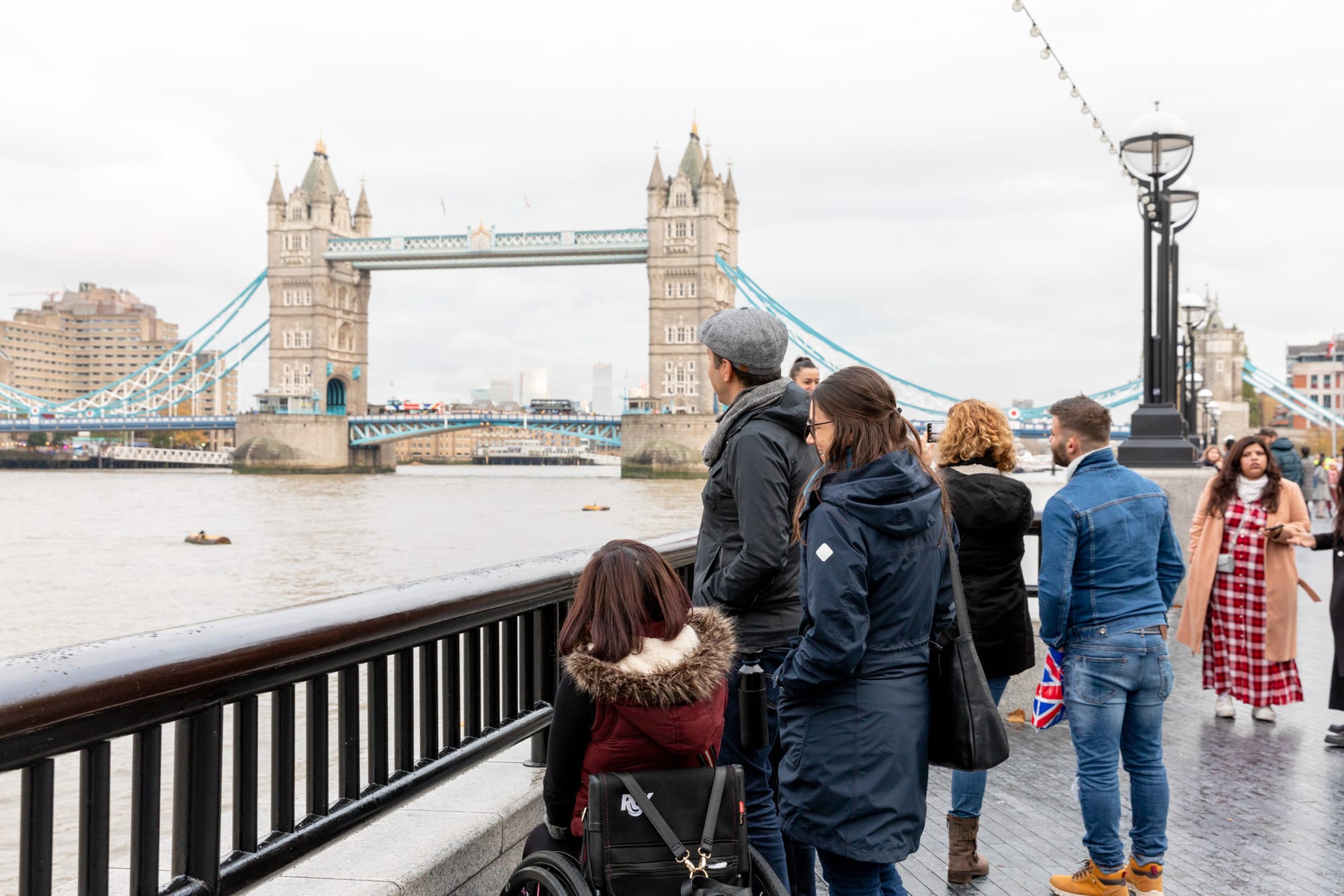
London takes the number two spot on the list. It is a city that welcomes everyone with its lively mix of history, arts, and pub-culture. Wheelchair-friendly public transport such as the bus network, which is one of the best for accessibility, includes ramps, designated seating areas, wheelchair spaces, and reserved seating. The Underground stations are not all accessible, but the newer ones are. The terrain of London is rather flat with smooth, well-maintained sidewalks and streets. This makes it rather simple to get around and see everything London has to offer – and there is a lot to see. Iconic landmarks like Big Ben, Buckingham Palace, London Eye, and Tower Bridge are all a must.
The British Museum, Tate Modern, and the National Gallery offer accessible entrances and facilities, and Covent Garden and Borough Market provide a feast for the senses. Outside the city, accessible transit connects travelers to destinations like the historic Stonehenge, where visitors can engage with the country’s ancient history and countryside charm. View accessible trips to London.
1
Barcelona, Spain
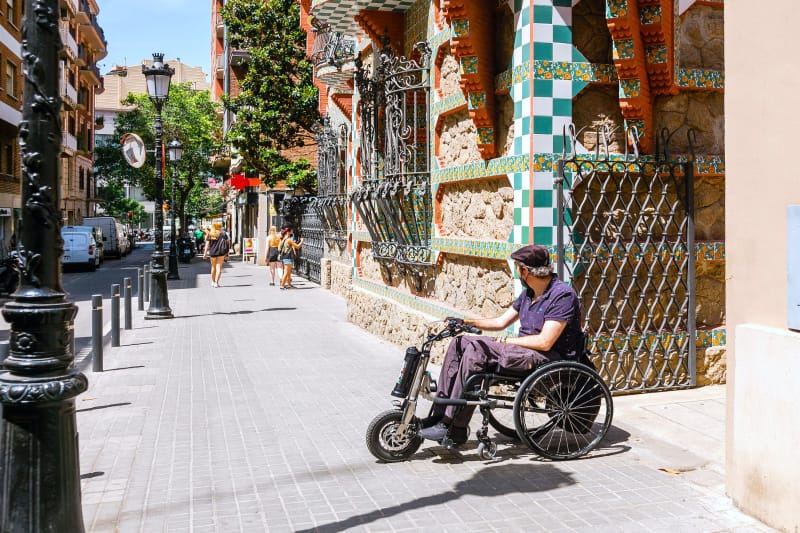
Barcelona tops the list for accessibility with its strong commitment to inclusivity, vibrant Catalonian culture, and remarkable architecture. The city is brimming with accessible attractions, including many of Antoni Gaudí’s iconic works. Visitors can marvel at the Casa Batlló, Park Güell, and the Sagrada Familia—all offering wheelchair accessibility to make the experience comfortable and inspiring.
The Gothic Quarter, perhaps Barcelona’s most intriguing neighborhood, dates back over 2,000 years and is surprisingly accessible despite its historic, narrow streets. Visitors can easily explore its lively squares, historic buildings, and stunning Barcelona Cathedral, a Roman Gothic masterpiece with construction that began over 700 years ago. For art lovers, the renowned Picasso Museum, home to over 5,000 works by the artist, is a must-visit with full accessibility features.
Barcelona’s beaches take accessibility a step further, with boardwalks, ramps, and even amphibious wheelchairs available so everyone can enjoy the Mediterranean coast. An exceptional service at Nova Icària Beach provides volunteers to assist wheelchair users with transfers and water access—a unique initiative rarely seen elsewhere. For more information, check out our Barcelona guide on beaches and attractions.
The public transportation options are fantastic in Barcelona, with nearly full accessibility. All of the buses are equipped with low ramps and designated seating for wheelchair users and those with limited mobility. The metro system which runs frequently also has elevators or lifts down to the landings, also with designated seating. For a fully optimized experience, consider an accessible vacation package to make the most of your time in this stunning city.
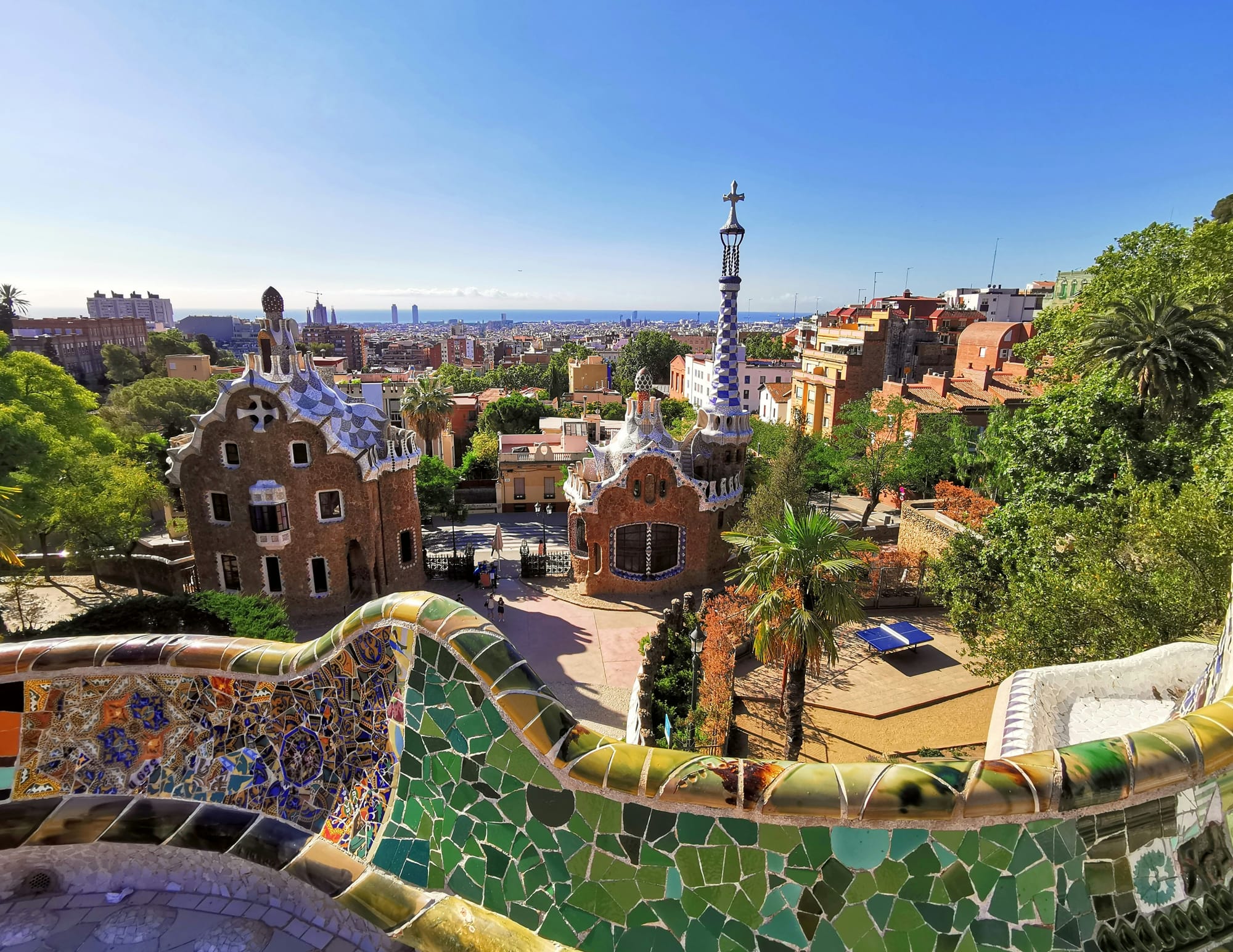
Travel Tips for Wheelchair Users
Here are some rapid-fire tips for accessible travel.
1. Ensure an accessible room: Accessibility features that work for you may not work for someone else. Ensure an accessible room that suits your needs by checking the detailed information, so you can know before you go. Find accessible rooms here.
2. Research public transport options: Many of Europe’s top cities, like the ones on this list, have well-developed accessible transport networks. Researching transportation ahead of time and planning your routes will reduce any potential hiccups.
3. Know your rights when flying with a wheelchair. Check out our guide for flying with a manual wheelchair or with a power wheelchair.
4. Pack a portable ramp: or ship an inexpensive one to your hotel. Europe’s historical buildings may not always be step-free, so having a lightweight, foldable ramp can help overcome small steps or curbs.
